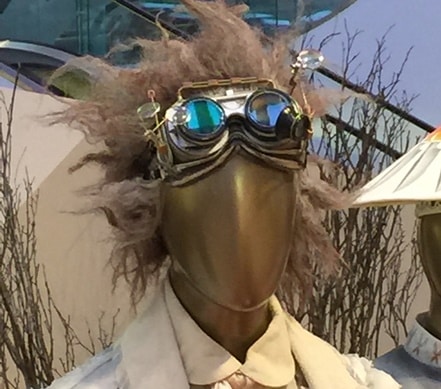The Innovation Series [Part 3] – How Companies Support Innovation
In this third (and final) post on innovation, I wanted to share how companies view and support innovation. Because not every company views innovation in the same way. And that’s a good thing. On some level, if everyone viewed innovation the same way, it might get a bit boring.
During part one of the series, we discussed whether innovation can be taught. And in part two, we outlined those skills necessary to be innovative. As you’ll see from these examples, businesses are developing innovative cultures to make things happen.
KPMG feels innovation is unique to each company’s culture. No one can innovate like Apple, because they’re not Apple. Human resources helps the business find their innovation culture.
Kronos believes it starts with a goal. CEO Aron Ain encourages employees to innovate the company out of business. They support this philosophy with large investments into research and development.
Quicken Loans takes the approach that there’s always an opportunity to build a better mousetrap. In fact, they’ve created the Mousetrap department to help them innovate.
I like these three examples because they’re all correct. Human resources has to be a part of helping the business define their innovation culture. It’s almost a subset of corporate culture – “How will we innovate?”. The company’s innovation culture needs to be supported at every level in the organization. And it needs to have resources allocated towards it’s success.
Innovation doesn’t happen overnight. We can’t call a meeting, invite a bunch of people and say “go innovate”. “Oh, and please do it now. And did I mention don’t spend any money?” It doesn’t work that way.
Innovative companies get to where they are by infusing the concept of innovation into their culture. Through human resources, they support skills development to help grow and maintain their innovation culture. And they recognize and reward the behaviors that support organizational innovation.
Image courtesy of HR Bartender
3